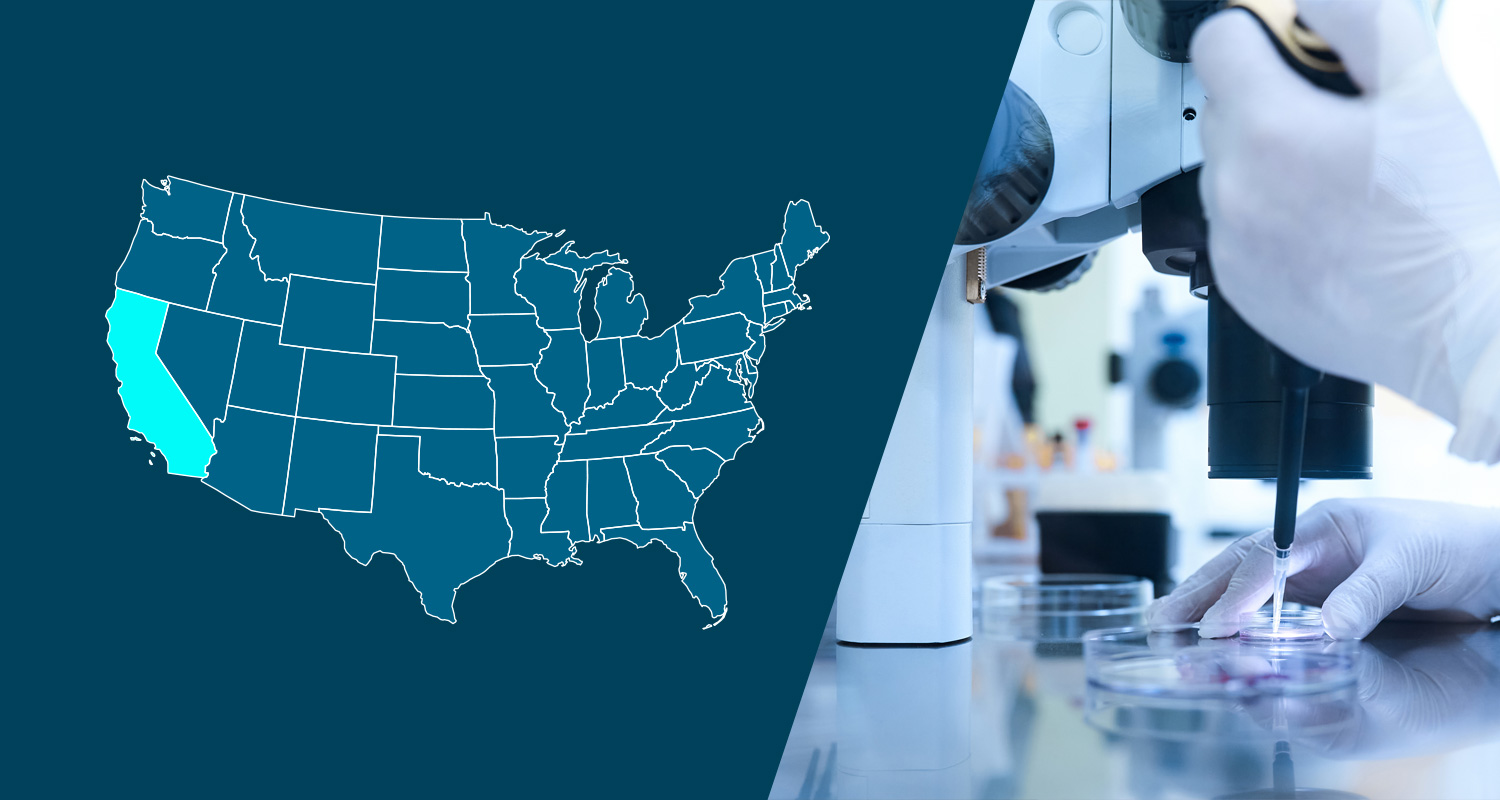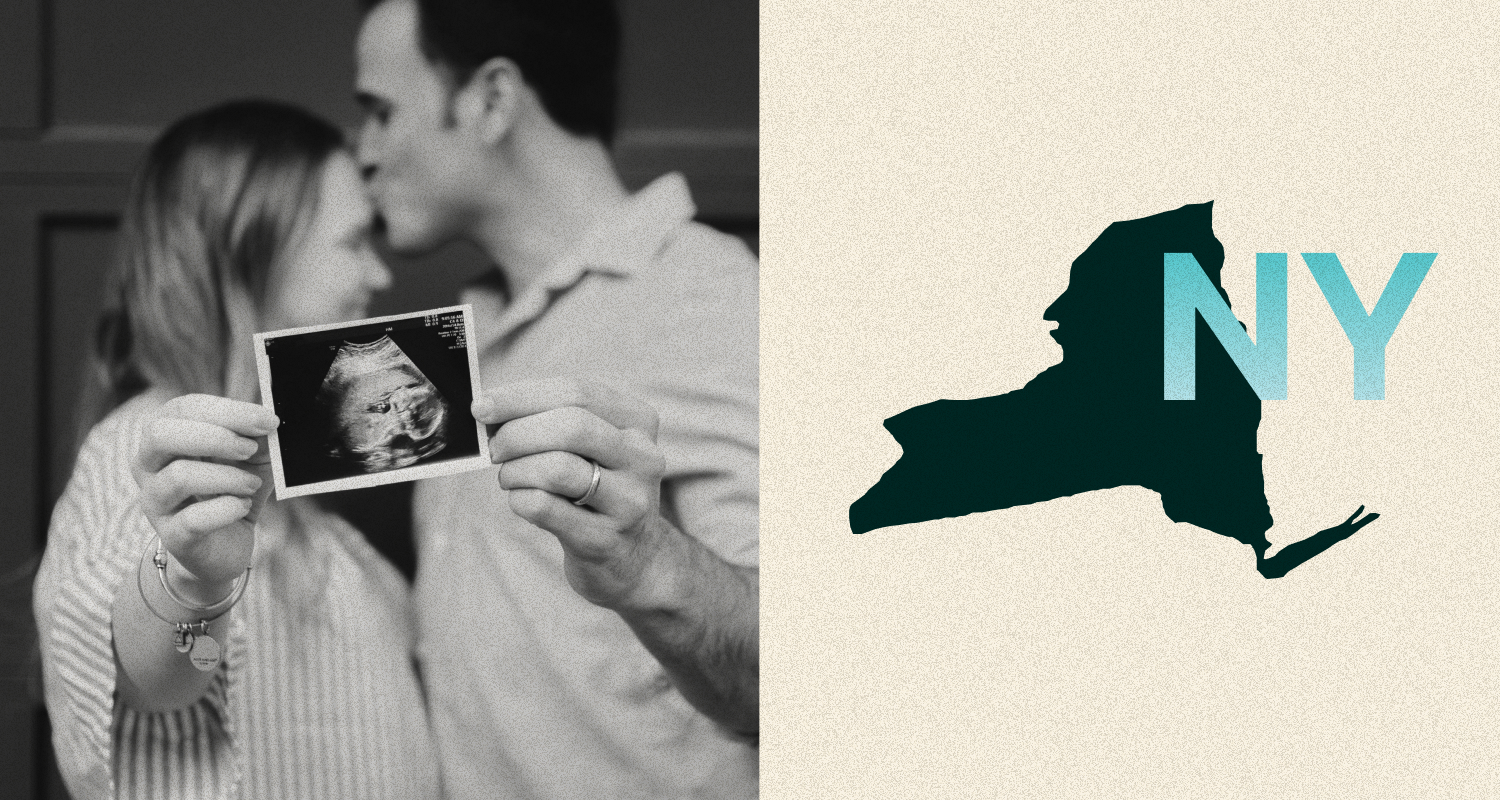Beginning 7/1/2016, Los Angeles employers with 26+ employees will be subject to the Los Angeles paid sick leave ordinance in addition to the existing California paid sick leave law. Employers with 25 or fewer employees will have until 7/1/2017 to become compliant. The ordinance will require employers to provide up to 48 hours (six days) of paid sick leave, which is twice the mandatory amount under the state law (24 hours or three days).
Covered Employees
All employees who work at least two hours per week within the geographic boundaries of Los Angeles are covered by the ordinance. Unlike the state law, there are no exceptions.
Accrual, Caps, and Carry-Over
Employers may choose between the accrual method or the lump-sum method. Under the accrual method, employees must be allowed to accrue paid sick leave at a rate of one hour per 30 hours worked. With the lump-sum method, the employer must provide the entire 48 hours (six days) of paid sick leave to the employee at the beginning of each year of employment. Covered Employees must either start accruing or be provided with a lump-sum of paid sick leave beginning 7/1/2016.
Employees must be allowed to carry over up to 72 hours of unused paid sick leave to the following year; however, employers are permitted to set a higher cap or remove the cap altogether. Unlike the California paid sick leave law, which provides that employers who choose to use the lump-sum method do not need to allow for carry-over of unused paid sick leave, the Los Angeles ordinance mandates carry-over even if the employer provides a lump-sum of 48 hours of paid sick leave at the beginning of the year.
Consistent with state law, the ordinance does not require employers to pay out employees for unused paid sick leave upon the employee’s termination of employment. However, if the employee separates and is rehired within one year, the previously accrued and unused paid sick leave must be reinstated. Notably, unlike the state law, the Los Angeles ordinance has no exception to reinstatement of paid sick leave even if the leave was paid out on termination.
Use of Paid Sick Leave for “Family Members”
In addition to taking paid sick leave for one’s own health needs, paid sick leave may also be used to care for a family member. The Los Angeles ordinance has a broader definition of family members than the state law: family is expanded to include “any individual related by blood or affinity whose close association with the employee is the equivalent of a family relationship.”
Action Items
Employers with employees working in the City of Los Angeles should review their current paid sick leave policies to ensure that they are ready to comply with the additional local requirements beginning 7/1/2016 (if the company has 26+ employees) or 7/1/2017 (if the company has 25 or fewer employees). Additionally, the employee handbook should be revisited to ensure that it reflects any updates to the company’s paid sick leave policy.
Additional Information
Please click here for the text of the ordinance.
The information and materials on this blog are provided for informational purposes only and are not intended to constitute legal or tax advice. Information provided in this blog may not reflect the most current legal developments and may vary by jurisdiction. The content on this blog is for general informational purposes only and does not apply to any particular facts or circumstances. The use of this blog does not in any way establish an attorney-client relationship, nor should any such relationship be implied, and the contents do not constitute legal or tax advice. If you require legal or tax advice, please consult with a licensed attorney or tax professional in your jurisdiction. The contributing authors expressly disclaim all liability to any persons or entities with respect to any action or inaction based on the contents of this blog.



